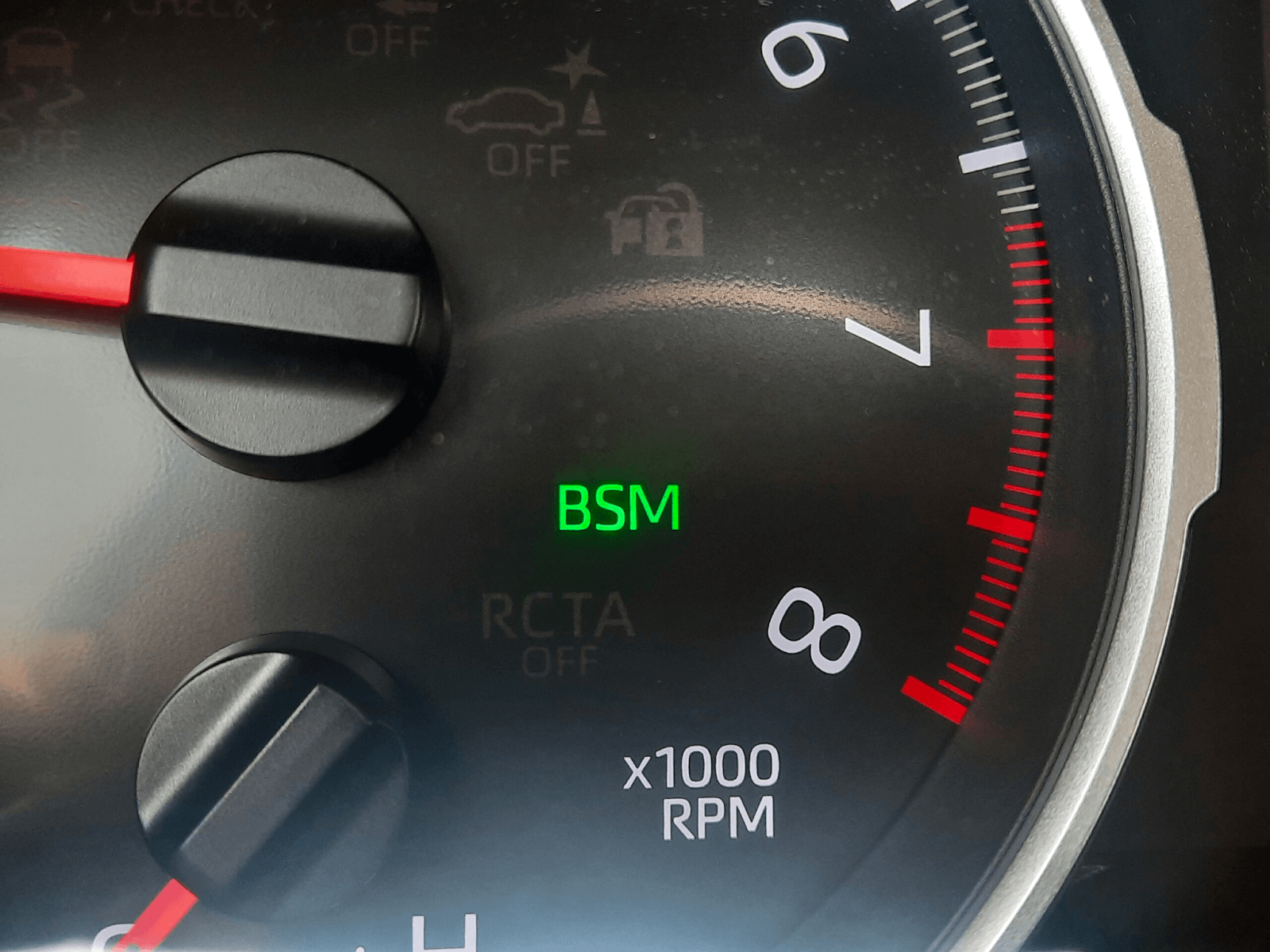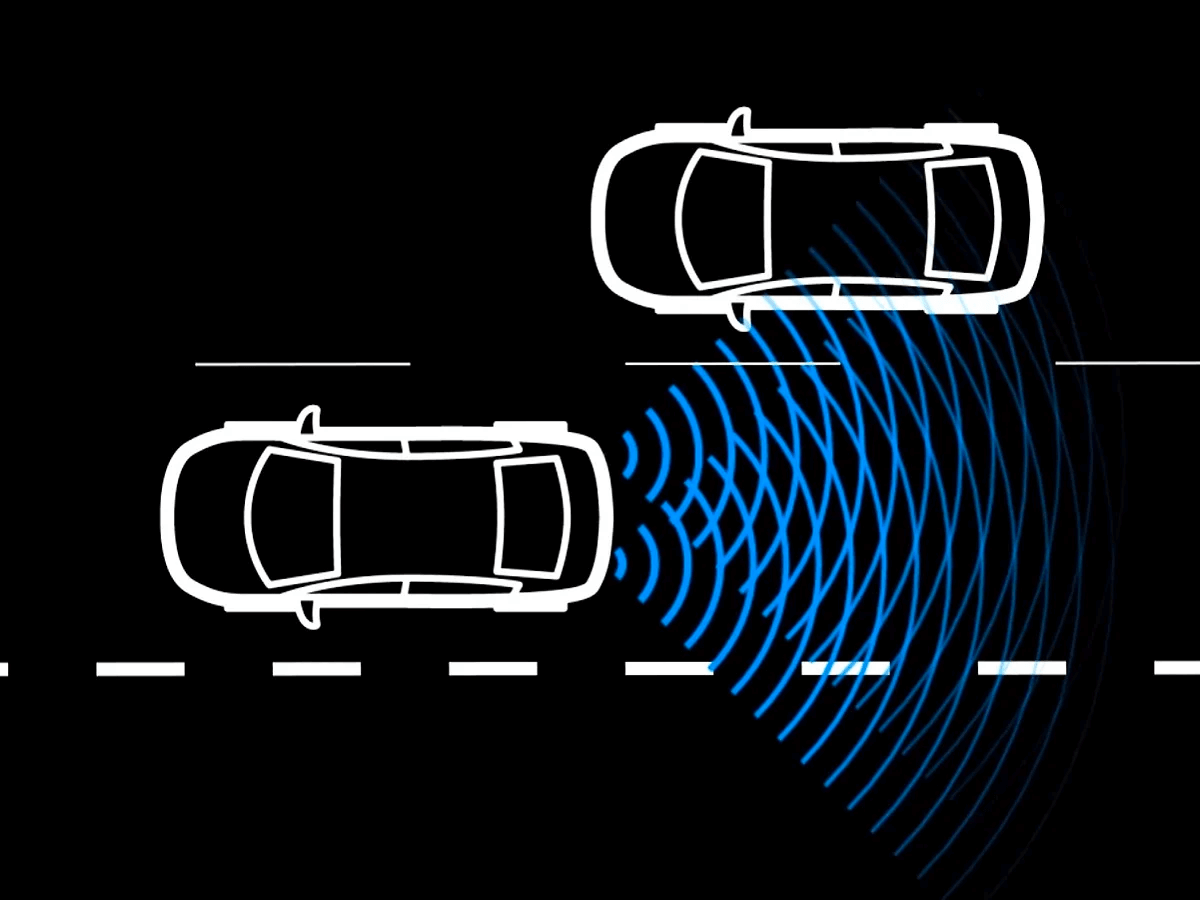What does BSM mean on a car? BSM stands for Blind Spot Monitoring, a safety feature that reduces blind spot accidents. In this article, we’ll explore the benefits of BSM and how it improves road safety.
What Does BSM Mean On A Car?
BSM is an acronym for Blind Spot Monitoring. It is a safety feature that helps drivers detect vehicles or other objects in areas that are difficult to see while driving, such as the blind spots next to or behind the car.
When this system detects a vehicle in the driver’s blind spot, it alerts the driver through a warning light or sound. This can help prevent accidents caused by changing lanes without noticing a vehicle in the blind spot.
Different car manufacturers may use other names for their Blind Spot Monitoring systems. For example, Volvo refers to it as the Blind Spot Information System. This technology typically uses radar, ultrasound sensors, or cameras to detect vehicles and other objects around the car.

What Are The Benefits Of BSM On A Car?
Blind Spot Monitoring is a safety feature that offers several advantages to drivers. Below are some key benefits of this system on your car.
Increased safety
This system helps improve road safety by reducing the risk of accidents caused by changing lanes without noticing a vehicle in the blind spot. By alerting the driver to the presence of cars or other objects in their blind spots, BSM can help prevent collisions.
Reduced blind spot accidents

Cars equipped with BSM have been shown to have fewer lane-change accidents. This means that BSM can help prevent injuries and costly damage to your vehicle.
Improved peace of mind
Having this system on your car can provide peace of mind while driving. Knowing that the system is monitoring your blind spots and alerting you to potential dangers can help you feel more confident and secure on the road.
How Does BSM Work In A Car?
BSM, or Blind Spot Monitoring, is a safety feature that uses advanced technology to detect vehicles or other objects in the driver’s blind spots. This technology typically includes radar, cameras, or sensors placed strategically on the car.
Detection

The system monitors the areas next to and behind the car to detect vehicles or other objects in the driver’s blind spots. This system alerts the driver through a warning light or sound when a vehicle is detected.
Alert
The warning light or sound is activated when a vehicle is detected in the driver’s blind spot. Depending on the car model and brand, the system may alert the driver through a small beep or warning light on the rearview mirror. Some cars will also alert you with a sound to ensure you’re aware of the vehicle in the areas you cannot see.
How To Use BSM?
This safety system can help reduce the risk of accidents caused by changing lanes without noticing a vehicle in the blind spot. Here are some tips on how to use this technology effectively:
Check your blind spots first
When changing lanes, always check your blind spots first. While BSM can help detect vehicles in your blind spots, it is not a replacement for checking your blind spots manually.

Pay attention to warnings
Pay attention to the warning lights and sounds. When a vehicle is detected in your blind spot, this system will alert you through a warning light or sound. Make sure to take note of these warnings and act accordingly.
Do not rely solely on BSM
Do not rely on BSM as your only means of detecting vehicles in your blind spots. While BSM can be helpful, it is not infallible and should be used with other safe driving practices.
Conclusion
After reading our article, surely you understand what does BSM means in a car? Blind Spot Monitoring, or BSM, is a safety technology that can assist in reducing the risk of accidents caused by changing lanes without spotting a vehicle in the blind spot.
By using radar, cameras, or sensors to detect vehicles or other objects in the driver’s blind spots and alerting the driver through a warning light or sound, BSM can improve safety on the road.
FAQs
- What are the different types of BSM systems?
There are various types of Blind Spot Monitoring systems on the market now. Ultrasonic sensor-based systems, radar-based systems, and camera-based systems are typical systems.
- How accurate are BSM systems?
In general, Blind Spot Monitoring systems accurately detect automobiles or other objects in the driver’s blind areas. However, their precision may vary based on weather and vehicle speed.
- What are the limitations of BSM systems?
They may be incapable of detecting small items like bicycles or motorcycles. Furthermore, they should not be used as the primary method of detecting vehicles in your blind zones.
